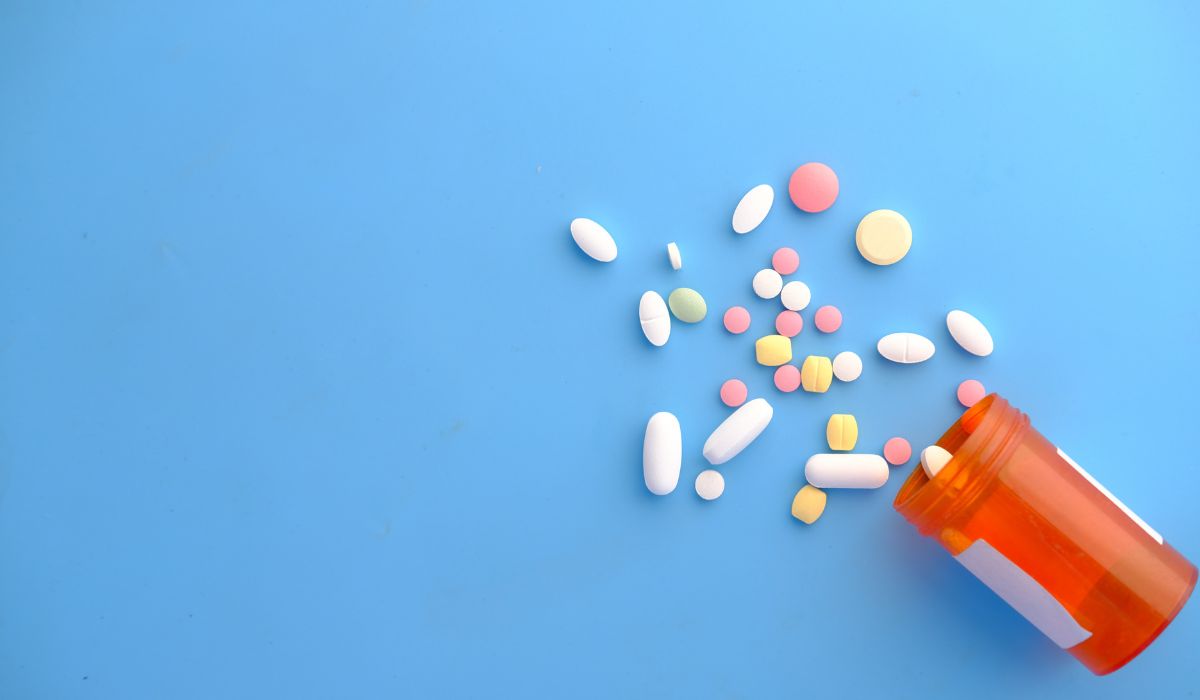Understanding Naltrexone
Naltrexone is a medication often used in mental health treatment and substance abuse therapy. It is a receptor antagonist, meaning it blocks certain opioid receptors in the brain. Unlike drugs such as oxycodone, morphine, hydrocodone, or fentanyl, naltrexone does not create feelings of euphoria. Instead, it helps reduce cravings and lowers the risk of relapse in people struggling with opioid or alcohol addiction.
The Food and Drug Administration (FDA) has approved naltrexone for both oral administration in tablet or liquid form and for injection (extended-release dose). Health professionals may recommend it as part of inpatient mental health or outpatient therapy.
Does Naltrexone Show Up on a Drug Test?
Many people wonder: does naltrexone show up on a drug test? The short answer is no—standard drug tests are not designed to detect naltrexone.
Routine screening looks for substances such as:
- Opioids like codeine, methadone, oxymorphone, or buprenorphine
- Benzodiazepines such as alprazolam
- Amphetamines
- Controlled substances like narcotics
Since naltrexone is not a narcotic and does not act as an analgesic, it usually does not appear on urine, saliva, blood, or hair follicle screening panels.
Why Naltrexone Does Not Show Up
Mechanism of Action
Naltrexone works by blocking opioid receptors so that other drugs like heroin, oxycodone, or fentanyl cannot attach and cause effects such as euphoria or pain relief. Its mechanism of action is different from narcotics, which means it is not treated as a target in common immunoassay testing.
Metabolism and Excretion
Naltrexone is processed in the liver and broken down into metabolites such as noroxymorphone. These leave the body through urine or saliva. However, most drug test cups are not built to look for these metabolites.
Types of Drug Tests and Naltrexone
Urine Tests
The most common urine test is an immunoassay that screens for drugs linked to substance abuse, like opioids, benzodiazepines, or amphetamines. Naltrexone does not trigger a positive result.
Blood Tests
A blood test may show the presence of naltrexone, but this is usually done only in research or for monitoring adherence in therapy. It is not part of standard health care testing.
Saliva Tests
Saliva testing is fast and non-invasive. Like urine, it screens for common drugs linked to misuse. Naltrexone does not appear.
Hair Follicle Tests
Hair can show substance abuse over a longer period. But naltrexone is not part of standard hair follicle panels.
The Role of Naltrexone in Recovery
For Opioid Addiction
Naltrexone helps patients avoid relapse after detox from opioids such as methadone, oxycodone, fentanyl, or morphine. Unlike naloxone, which is used for opioid overdose, naltrexone is taken regularly to support long-term recovery.
For Alcohol Use Disorder
Naltrexone lowers the urge to drink by blocking the endorphins that create pleasure after alcohol use. This helps reduce behavior linked to cravings.
Mental Health Benefits
Since addiction often overlaps with depression, anxiety, and other psychiatry conditions, naltrexone is sometimes used in dual diagnosis therapy.
Risks and Side Effects
Like all medications, naltrexone can cause side effects. Patients may feel:
- Nausea or vomiting
- Fatigue or insomnia
- Diarrhea
- Allergy reactions
- Headache or changes in blood pressure
- Mood changes such as anxiety or depression
Patients with liver disease, hepatitis, or pregnancy should talk with a physician or health care provider before starting.
Insurance and Access
Access to naltrexone may depend on health insurance. Plans like Humana in Montana, North Carolina, and other states may cover it under mental health treatment benefits. Patients should check with their insurance or health care provider for coverage.
Naltrexone vs. Other Medications
- Methadone and buprenorphine are opioid receptor agonists or partial agonists. They can reduce withdrawal but may cause dependence.
- Naltrexone is a receptor antagonist, meaning it blocks the receptor without causing euphoria or dependence.
- Unlike analgesic narcotics, naltrexone has no effect on pain.
Efficacy and Adherence
Research shows naltrexone can be effective in reducing relapse when patients follow treatment. Adherence is often a challenge, so injection forms may help when patients forget to take their oral administration tablets.
The Bigger Picture in Therapy
Naltrexone works best when combined with:
- Counseling and therapy
- Mental health care for co-occurring disease like anxiety or depression
- Health professional support in managing side effects
- Psychology and behavior-based treatments
It is not a “magic cure,” but a tool to support recovery.
FAQs
Does naltrexone show up on a drug test?
No. Standard drug tests for work, school, or legal settings do not detect naltrexone.
Can naltrexone cause a false positive?
It is very rare. Since naltrexone does not act like an opiate or benzodiazepine, it usually does not interfere with immunoassay screening.
How long does naltrexone stay in your system?
Naltrexone’s dose and metabolism affect this. Oral tablets may last 24–36 hours. Extended-release injections can last a month.
Is naltrexone safe for pregnancy?
Patients should talk to their physician. While some studies are ongoing, risks such as liver stress and allergy need to be managed.
Who should not take naltrexone?
People with opioid overdose risk, current narcotic use, or severe liver disease should avoid it. Always consult a health care provider.
Conclusion
Naltrexone is a powerful tool in fighting addiction to alcohol and opioids. It does not show up on most drug tests, making it different from drugs like methadone, oxycodone, or benzodiazepines.
With guidance from health professionals, coverage through insurance, and strong support from mental health treatment, patients can use naltrexone to improve health and reduce relapse.
Lynk Diagnostics supports rehab centers and patients by providing accurate drug testing and screening to help people on the path to recovery.
Sources
DailyMed – Naltrexone Hydrochloride Tablets USP (FDA label)
DailyMed – Naltrexone Tablets USP DailyMedQuest Diagnostics – Urine Test for Quantitative Naltrexone Monitoring
Quest Diagnostics – Drug Monitoring, Naltrexone, Quantitative, Urine Quest DiagnosticsFDA Label – VIVITROL (naltrexone extended-release injectable)
FDA Access Data
FDA Label – VIVITROL Interference with Laboratory Tests








